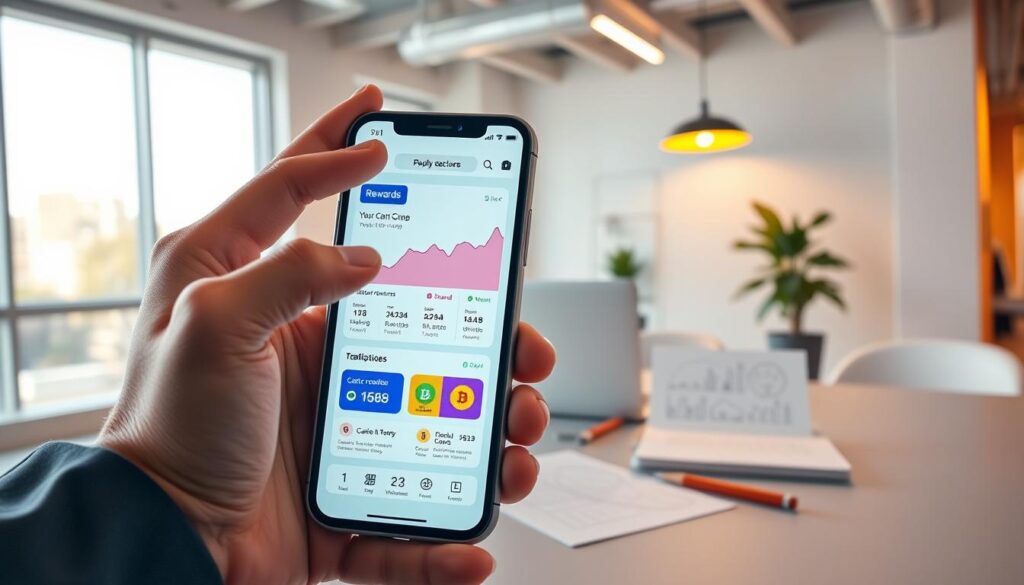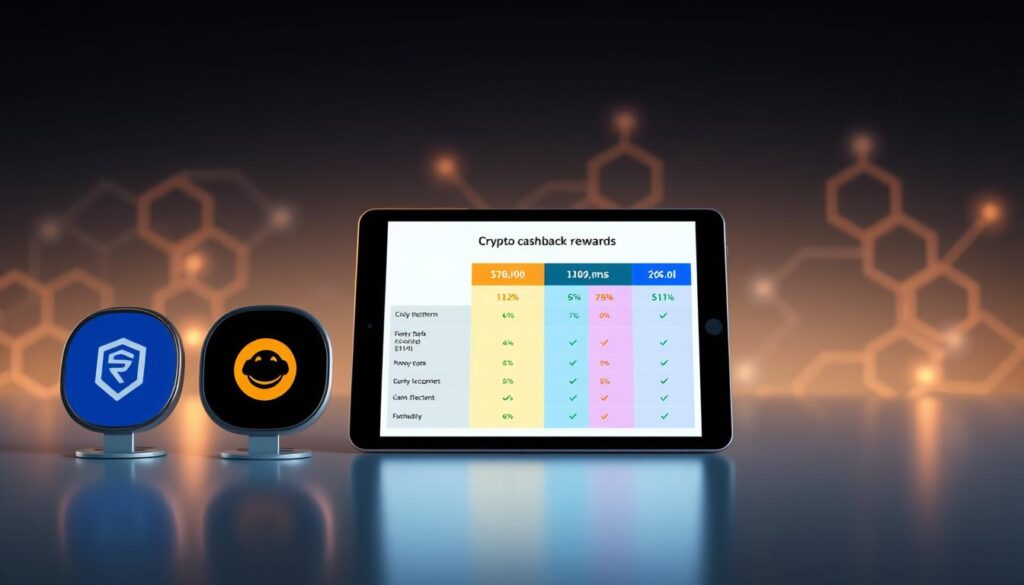Now Reading: Reducing Crypto Transaction Fees: Tips and Strategies
- 01
Reducing Crypto Transaction Fees: Tips and Strategies
Reducing Crypto Transaction Fees: Tips and Strategies

Digital asset transfers require financial contributions to maintain blockchain operations. These costs support network security and compensate validators for processing exchanges. While unavoidable, understanding their structure empowers users to optimize spending across platforms.
Charges occur at three levels: trading platforms, digital wallets, and blockchain protocols. Exchanges often apply percentage-based commissions, while networks use dynamic pricing tied to demand. For example, strategies for minimizing costs include timing transfers during low-traffic periods or selecting alternative validation layers.
Modern systems adjust rates automatically based on real-time activity. This prevents network overload while ensuring reasonable processing times. Savvy traders combine basic timing tactics with advanced methods like transaction bundling to maximize savings.
Fee structures also serve critical technical functions beyond simple payments. They deter spam activity, allocate network resources efficiently, and maintain decentralized systems without central oversight. As highlighted in this comparison of digital vs traditional systems, these mechanisms enable trustless global transactions while keeping operational costs predictable.
Key Takeaways
- Network charges maintain blockchain security and validator incentives
- Costs vary across exchanges, wallets, and protocol layers
- Dynamic pricing responds to real-time network demand
- Advanced techniques include timing optimization and batch processing
- Fee structures prevent spam and ensure resource fairness
- Layer 2 solutions offer alternative validation pathways
Understanding the Importance of Cryptocurrency Transaction Fees
Blockchain operations rely on economic mechanisms to balance efficiency and protection. These charges act as gatekeepers, ensuring only meaningful actions proceed while keeping networks resilient against abuse.

Guarding Against Digital Threats
Every blockchain interaction requires resources to verify and record. By attaching costs to these actions, networks deter bad actors from flooding systems with junk data. This economic filter stops spam attacks that could otherwise paralyze platforms.
Three critical protections emerge from this model:
- Malicious actors face financial barriers to launching attacks
- Legitimate users gain priority through fee-based queues
- Network stability improves through selective processing
Powering Decentralized Maintenance
Validation teams receive compensation through two channels: newly minted coins and processing charges. As coin creation slows over time, these charges become vital for sustaining operations. This dual-reward system:
- Encourages ongoing participation in network upkeep
- Aligns validator interests with platform health
- Supports long-term decentralization efforts
The balance between user costs and validator earnings creates self-sustaining ecosystems. This economic harmony allows blockchain networks to operate independently without centralized oversight.
Key Insights into crypto transaction fees
Processing digital exchanges isn’t free—blockchains embed costs to ensure seamless operations. These expenses vary across networks but share a common purpose: keeping systems secure while compensating validators. From Bitcoin’s network fees to Ethereum’s gas model, each platform tailors its approach to balance speed, security, and affordability.
Core Elements of Blockchain Charges
Bitcoin calculates costs based on data size, while Ethereum factors in computational effort. Solana simplifies this with flat rates, proving that newer networks prioritize accessibility. These differences highlight how fee structures reflect each blockchain’s technical priorities and user experience goals.
Three components shape most pricing models:
- Base rates covering essential validation steps
- Priority surcharges for faster processing
- Network-specific adjustments during peak activity
Platforms like Binance and Coinbase add exchange-layer costs, but as this detailed breakdown of blockchain charges explains, understanding protocol-level fees helps users avoid unnecessary expenses. Modern systems automatically optimize rates, though savvy traders still time transfers for lower traffic periods.
These built-in costs perform critical behind-the-scenes work. They prevent network spam, allocate resources fairly, and maintain decentralized governance—proving that small charges enable big innovations in digital finance.
How Blockchain Networks Leverage Transaction Fees
Digital ledgers employ sophisticated economic models to balance operational demands with user needs. These systems use variable charges to manage resource allocation while maintaining security protocols. This equilibrium ensures smooth operations across decentralized platforms.
Network Congestion and Dynamic Pricing
Blockchain activity fluctuates like urban traffic patterns. During peak periods, users bid for priority placement using adjustable rates. This self-regulating system prevents gridlock by aligning costs with real-time usage.

- Data volume waiting for confirmation
- User willingness to pay for faster processing
- Available space in upcoming ledger updates
Platforms like Ethereum automatically calculate optimal rates using historical data and current conditions. This approach eliminates guesswork while ensuring fair access during high-demand windows.
The Impact of Block Size and Transaction Complexity
Digital ledgers face physical constraints similar to cargo containers. Each block holds limited data, creating competition when many operations queue simultaneously. Smaller block capacities intensify this rivalry, pushing costs upward.
Complex actions like smart contract executions require more computational work. These resource-heavy tasks naturally command higher charges. Modern networks address this through:
- Streamlined data compression techniques
- Multi-operation bundling capabilities
- Alternative validation pathways for simple transfers
Understanding these variables helps users navigate cost structures effectively. Timing transfers during off-peak hours or choosing networks with larger block capacities can yield significant savings.
Diverse Fee Structures Across Major Crypto Platforms
Trading platforms employ distinct pricing models that shape user expenses. While some use transparent volume-based tiers, others build costs into price spreads. Recognizing these differences helps traders select services matching their financial goals.

Comparing Trading and Withdrawal Costs
Binance rewards frequent traders with sliding scale discounts. Users pay 0.38% per trade initially, but rates drop to 0% for high-volume activity. A 5% discount applies when using BNB tokens for payments. This dual incentive encourages both frequent trading and token retention.
Coinbase calculates costs dynamically based on order size and payment methods. A $1,000 Bitcoin purchase carries $28.40 in combined charges – 1.84% platform fee plus 1% spread. These layered costs make price comparisons essential before executing large orders.
Platform-Specific Pricing Approaches
Robinhood uses hidden spreads averaging 0.6% instead of direct charges. Users buy digital assets at slightly elevated prices and sell at reduced rates. While marketed as commission-free, this model impacts returns over multiple trades.
Three key differences emerge:
- Volume-based tiers vs fixed percentages
- Transparent fees vs built-in spreads
- Token-based payment incentives
Understanding these models helps traders minimize expenses. High-frequency users often benefit from tiered systems, while casual traders might prefer platforms with predictable spreads.
Fee Schedules and Trading Strategies in the Crypto Market
Market dynamics shape how traders interact with digital platforms. Exchanges reward those who add liquidity through discounted rates while charging premiums for instant executions. This balance keeps markets functional and competitive.
Maker vs. Taker Fees Explained
Limit orders create opportunities for price discovery. Users who set specific targets become makers, earning fee discounts as low as 0.02%. Their orders wait in the order book until matched, providing available assets for others.
Market orders prioritize speed over cost. Takers pay up to 0.40% per trade for immediate execution. This two-tier system incentivizes liquidity provision while accommodating urgent trades.
Strategies for Lower Trading Costs
Smart traders adopt three approaches:
- Place limit orders slightly below current prices
- Analyze order book depth before setting targets
- Combine multiple trades during low-activity windows
Advanced tools like iceberg orders help maintain maker status. Some platforms offer rebates for high-volume liquidity providers. Timing orders around market opens or news events often yields better rates.
Professional traders automate strategies using algorithms. These systems adjust prices dynamically while monitoring execution probabilities. The goal: maximize savings without missing key opportunities.
Factors Influencing Crypto Transaction Fees
Digital asset transfers involve complex cost calculations shaped by technical and human elements. These variables determine how much users pay to move value across decentralized networks.
Network Demand and User Preferences
Blockchain capacity limits create bidding wars during peak activity. When many try to move assets simultaneously, costs surge as participants prioritize their operations. This occurs frequently during major market shifts or popular NFT releases.
Speed requirements dramatically affect pricing. Those needing instant confirmations often pay 300% more than standard transfers. Networks like Ethereum let users set custom rates, balancing urgency against budget constraints.
Asset-Specific Rules and Transaction Timing
Different coins use unique pricing models. Bitcoin calculates costs per data size, while Ethereum factors in computational effort. This means complex smart contracts cost more than simple payments.
Timing transfers strategically saves money. Activity typically drops on weekends and late-night hours in North America. Savvy users track network dashboards to identify low-traffic windows before initiating moves.
External events like protocol upgrades or exchange listings create temporary spikes. Monitoring community forums helps anticipate these surges. Combining timing awareness with asset-specific knowledge leads to smarter spending decisions.
Practical Tactics to Reduce Transaction Costs
Smart users employ proven methods to minimize blockchain expenses while maintaining efficiency. Two approaches stand out for balancing speed and affordability in digital transfers.
Batching Actions and Strategic Timing
Combining multiple operations into single submissions cuts costs significantly. The Bitcoin network processes bundled payments at lower rates than individual transfers. This works well for recurring payments or managing multiple recipients.
Late-night hours and weekends often see reduced activity. Scheduling transfers during these windows helps avoid peak pricing. Network dashboards provide live congestion updates to identify ideal timing.
Leveraging Predictive Analytics
Platforms like Etherscan and Blockchain.com offer fee calculators using historical patterns. These tools analyze mempool data to suggest optimal rates for timely confirmations. Some wallets automatically adjust bids based on real-time demand.
Advanced users combine these tactics with protocol-specific knowledge. Understanding base rates and priority surcharges creates layered savings. Simple adjustments can reduce expenses by over 60% without compromising security.
FAQ
Why do blockchain networks require payment processing costs?
These costs act as a security measure, preventing spam and malicious activity. They also compensate miners or validators for verifying operations, ensuring network integrity.
How does market volatility affect digital asset transfer expenses?
During high demand, networks prioritize higher-paying requests, increasing costs. Platforms like Coinbase may adjust rates based on real-time congestion and trading volume.
What role does block space play in determining costs?
Each block has limited data capacity. Complex operations (like multi-signature approvals) consume more space, often requiring higher fees for faster confirmation.
How do exchanges like Binance and Robinhood differ in pricing models?
Binance uses a maker-taker system with discounts for high-volume traders. Robinhood offers zero-commission trades but earns through spread margins. Always review platform-specific schedules.
Can transaction timing reduce operational expenses?
Yes. Scheduling transfers during off-peak hours (weekends or late nights) often lowers costs. Tools like Bitcoin Core’s fee estimator help identify optimal windows.
What are asset-specific rules impacting processing fees?
Tokens built on Ethereum (ERC-20) follow gas price mechanics, while Solana’s fixed-rate model prioritizes speed. Always check network guidelines before transferring.
How does batching multiple payments save money?
Combining several transfers into one operation reduces per-payment overhead. Businesses like BitPay use this method to cut Bitcoin costs by up to 80%.
Why do withdrawal fees vary across platforms?
Exchanges factor in network charges, administrative costs, and profit margins. For example, Kraken’s flat-rate withdrawals differ from Gemini’s dynamic pricing based on asset type.












